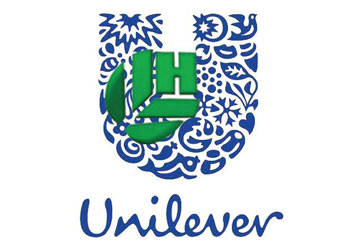
A few days back, the chief executive officer of Unilever, Paul Polman, visited India and talked about the growth plans of Hindustan Unilever (HUL). The most surprising fact was he said that product innovation is the key growth factor for HUL and that it would double its turnover.
Fortunately, while Mr Polman has clearly articulated his target, he has refrained from specifying by when this target would be reached. This is because the CEO was really talking through his hat when he was talking about doubling the turnover.
Take a look at what the performance of HUL has been over the past decade, when the Indian market has conferred huge profits to Indian companies and multinationals. Its net sales in 1999 were Rs10,142 crore. By 2005, it was still around Rs10,982.35 crore and last year it reported net sales of Rs20,623 crore. In effect, HUL took a whole decade to double its turnover—a compounded annual growth rate (CAGR) of 7% in a country where inflation is at least 7% on an average and is sometimes in double digits. Inflation-adjusted HUL has not grown at all. Of course, HUL has demerged divisions and that is why net sales have been down, but it has also acquired businesses during this period
Now, take a look at what a company like Nestle has done over this period. Its net sales in 1999 were Rs1,543.90 crore. This jumped to Rs Rs5,149 crore in 2009—a CAGR of 13%.
There is something so fundamentally wrong with the business of HUL that the Unilever CEO should be talking about a drastic strategy of energising growth and not vaguely dreaming of doubling turnover. After all, successive Unilever chiefs and heads of HUL have talked about various initiatives that have sounded as clever as its advertising—without delivering much to either the topline or bottomline. For instance, a few years back, we suddenly heard that HUL had restructured its portfolio into “power brands” without the slighest of understanding that it was really selling commodity products.
If it tried to raise its prices even the slighest, these “power brands” would be out of the market because Indian products from Godrej, Emami, Jyothi Laboratories and Dabur were snapping at its heels.
The fact is, unlike almost all multinational companies, HUL is living in a world of its own. For instance, what explains its tired effort at producing ever more brand extensions? HUL thinks that consumers would be happily buying another round of soaps and shampoos centered around Dove— Dry Therapy Shampoo, Dove Daily Therapy Shampoo, Dove Hair Fall Therapy Shampoo, etc. backed by an advertising blitzkrieg. Consumers are simply put off and tired.
If the Unilever CEO believes that HUL is still the lion in several categories (as he said in an interview), he is living in his own world. The fact is, over the past decade, HUL has repeatedly tried and failed in a large number of new businesses, which makes it look like an also-ran. Whether in personal care, home care products or food brands, HUL has only a string of failures to show. In 2001, it took over Modern Bread from the government and had aggressive plans to grow this business by creating a variety of baked products around flour from biscuits to spagetti. Over the years, nothing happened. Similar is the scenario with with its Annapurna Atta, which has failed to lead HUL into other successful categories.
The company tried to push its bread and atta together in the year 2002 by launching ‘branded Modern atta bread’ but this was not what the consumers wanted. During the past decade, HUL also forayed into the beauty and skincare segment using the ayurvedic platform. In last eight years, the Ayush brand has only meant large losses. Consumers’ recall of this brand is extremely poor, forget about break even. The company itself doesn’t know when this segment will be profitable.
The fact is, HUL now singularly lacks execution capability. It is still playing the 70s and 80s script of brand extensions and big nationwide ad spend. It spent Rs9,125 crore over six years from 2003—just to stay where it was. This strategy worked when Doordarshan was the only visual medium and competition was non-existent. The world has changed but HUL has not. It is not going to be easy at all to wrest back the initiative. In a highly competitive market, HUL has turned out to be slothful and unimaginative. — Debashis Basu and Pallabika Ganguly